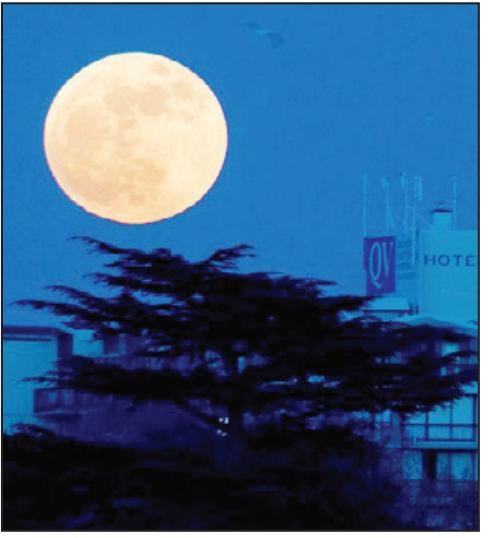Skygazers will be treated to a blue moon on Friday.
But don't get overly excited. Under one widely accepted but disputed definition, a blue moon is simply the second full moon in a given month. The moon was also full on Aug. 2.
Since full moons appear 29.5 days apart, it comes down to how long the month is and how early in the month the first full moon falls. In other words, math.
Chris Pritchet, a professor of astronomy at University of Victoria, said there will be six blue moons between 2009 and 2015.
"When people say 'once in a blue moon' - it's a bit more common than that," Pritchet said.
The next blue moon will be in July 2015, he said.
The year 1999 saw a rarity because there were blue moons in both January and March. The same thing will happen in 2018.
Pritchet said a blue moon doesn't compare to such rare sights as the transit of Venus that people watched around the globe on June 5. Skygazers won't get a chance to see Earth's planetary neighbour cross in front of the surface of the sun again for another 105 years.
"If you've seen one full moon, you've seen them all," Pritchet said. "The moon won't look any different." -



